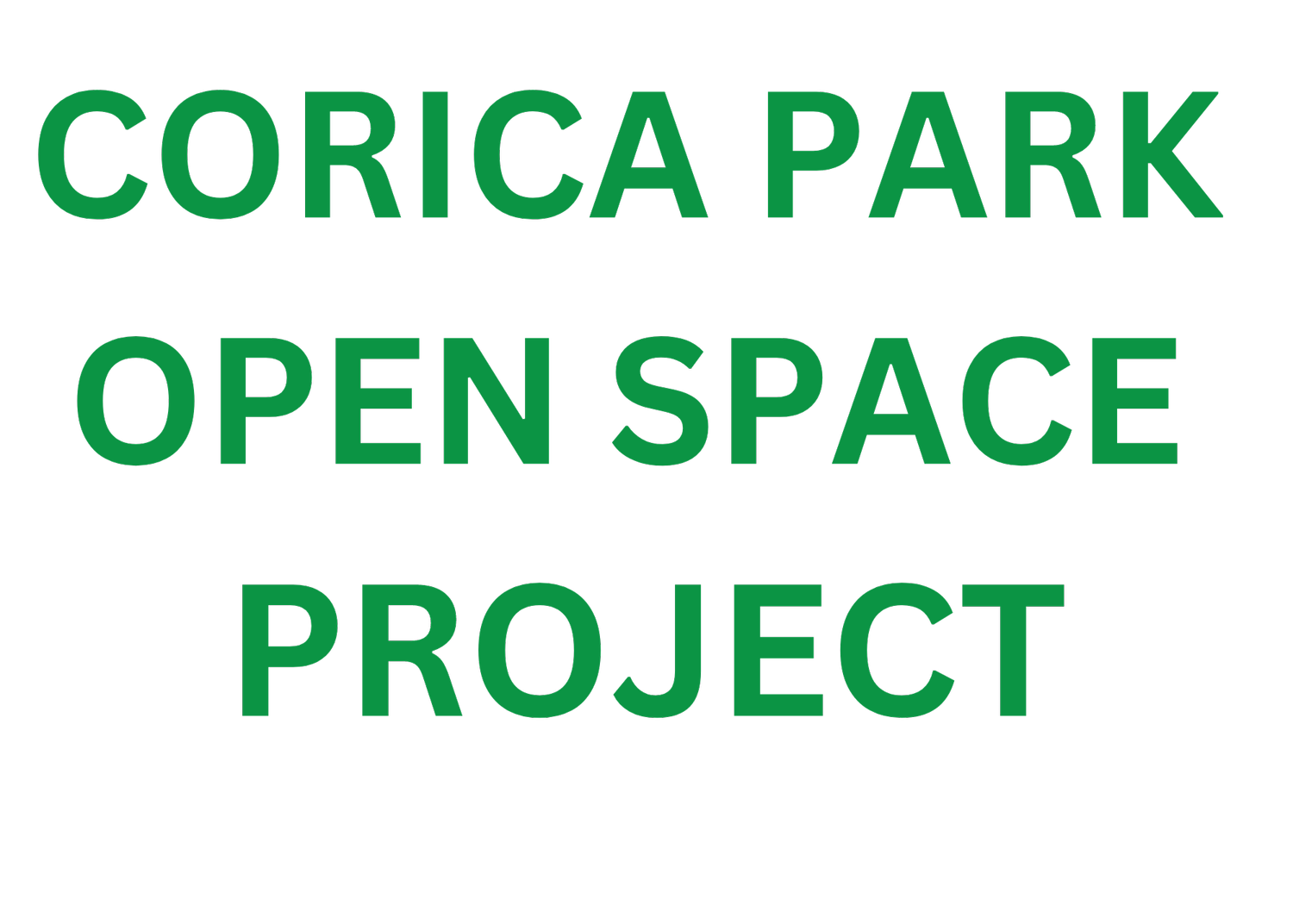-
Why We Do It
Open Space Access + The Power of Sports = Opportunity
The Need in Numbers
“When solving a problem, dig at the roots, rather than just hacking at the leaves.” -Anthony J. D’Angelo
-
![]()
Environmental Health
Why we do it: To leverage existing green spaces for climate change mitigation.
Benenfit: Urban trees and green spaces help reduce urban heat island effects of manmade infrastructure, keep more carbon from being released, reduce flood risk, improve water and soil quality, and support wildlife diversity.
Barrier: An estimated 6,000 acres of open space are converted to other uses daily.-USDA
-
![]()
Physical & Mental Health
Why we do it: To broaden access to the vital benefits of green space.
Benefit: Communities which spend $20 or more per resident on parks annually have 10% lower obesity rates and 18% lower rates of high blood pressure, among many other positive outcomes.-Aspen Institute
Barrier: In the 100 largest U.S. cities: residents of low income neighborhoods have access to 42% less park space per capita than residents of high-income neighborhoods. -National Park Service
-
![]()
Social Connection
Why we do it? To link people in safe and inclusive spaces for meaningful interaction.
Benefit: Communal green spaces foster opportunities for gathering. Close interactions can build a true sense of community among people of different ages and from diverse origins, backgrounds and points of view, creating greater tolerance, a shared sense of belonging and civic pride.
Barrier: 3 in 5 Americans consider themselves lonely. Modern-day life, including technology and remote work contribute to social isolation, particularly among marginalized groups and senior citizens -Cigna
-
Equitable Play
Why we do it? To expose as many people as possible to the sport we love.
Barrier: Sports participation is linked to lifelong benefits ranging from better academic performance to higher earnings to lower disability rates.-Aspen Institute
Barrier: Nationally, only 24% of golfers are female and only 21% are people of color. The vast majority come from high-income groups.-National Golf Association
-
![]()
Workforce Development
Why we do it? To open doors to educational and job opportunities for lifelong financial security.
Benefit: Young adults who face opportunity gaps and receive mentorship are 55% more likely to be enrolled in college and 130% more likely to hold leadership positions than those who do not.-Mentorship Matters
Barrier: Underserved groups have lower access to naturally-occurring mentors for career advice and professional development to help shape their paths to future success, perpetuating economic inequalities.
-
![]()
Business Vibrancy
Why we do it? To support fellow business owners in creating a stronger local economy.
Benefit: Small businesses provide a critical pathway for upward mobility for millions of entrepreneurs. They create local jobs and contribute to the unique cultures of neighborhoods and cities. 95% of businesses in California consist of fewer than 50 employees.- Public Policy Institute of California
Barrier: Skyrocketing prices for shopfronts and studio space have displaced thousands of businesses from Bay Area neighborhoods. Women and minority owned small businesses are especially vulnerable.
-
![]()
Social Capital
Why we do it? To link residents across the socioeconomic spectrum for connections that create pathways out of poverty.
Benefit: Cross-class friendships, fostered by relationship-building activities such as the arts and sports are strongly linked to upward mobility. A recent study found that low-income children in environments where 50% of their friends were in higher income groups (vs. 0%) increased future income by about 16% on average- a larger impact than school quality, family structure, job availability or community racial composition. -Nature
Barrier: Barrier: As income disparity in the United States hits all-time highs, economic segregation is rising. Youth sports, for example, have shifted from free, school-based athletics to expensive club-based teams, diminishing opportunities to forge ties that bring kids of different backgrounds together.
Of course our WHY’S do not stand alone. They are interconnected and our “HOW’s” embrace these connections in a holistic approach to achieving our mission.








